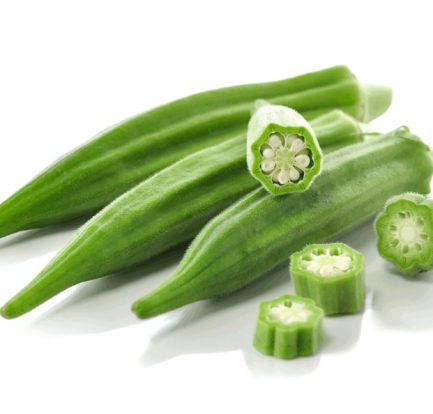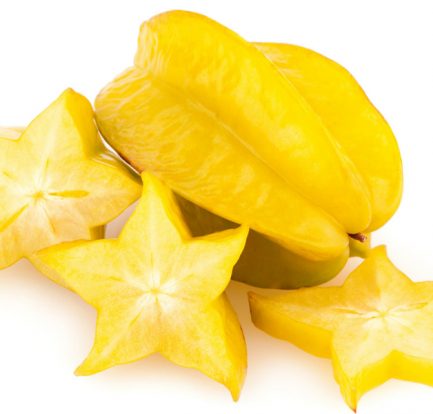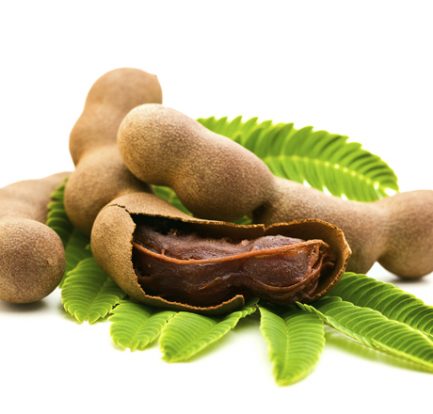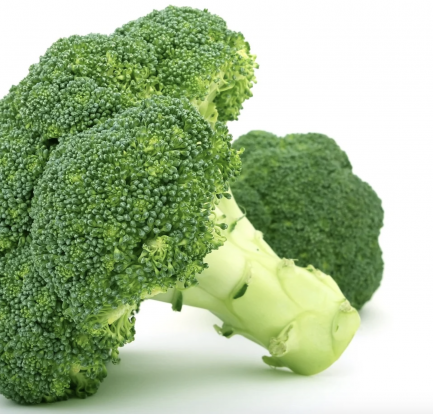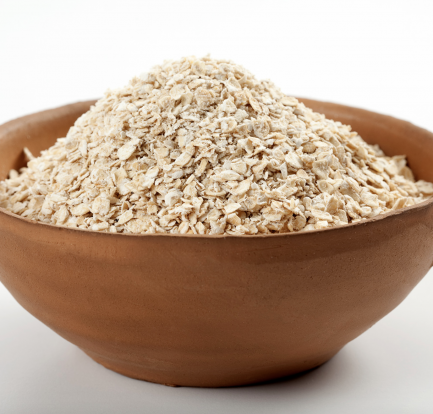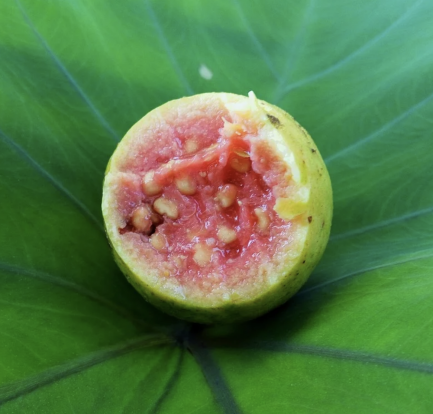Around the world, it is also known as okra, ladies’ fingers, bhindi, bamia, quibombo and gombo — just to name a few. In Trinidad and Tobago we simply call it ‘ochro’. Available year-round in our backyards and gardens, this sturdy fruit with slimy insides is a nutritional powerhouse and can be enjoyed in many ways — in […]
Browsing Tag: food facts
What is ‘Five-Finger’ Good For?
‘Five-finger’ is called many different things around the world — carambola, star apple and star fruit, just to name a few. This waxy, yellow-green fruit hails from the sultry tropical area of Sri Lanka. The fruit grows best in tropical and moderate climates such as Australia, South America, Hawaii, Florida, and of course — sweet […]
What is Tamarind Good For?
It’s a condiment. It’s a spice. No, it’s a bean. The “Manila sweet,” as the tamarind is sometimes called, is all of the above. Tamarind or ‘tambran’ as it is affectionately called in Trini parlance, is a natural food of South Asia and is said to be native to Africa. It melodic name comes from […]
What is Broccoli Good For?
The word “broccoli” means “branch” or “arm” for the cross-shaped stems, like mini trees bearing the blossoms. Broccoli was a popular food of the ancient Romans, and its use can be traced to 16th century France and England in the 1700s. Eaten raw, broccoli has a number of nutritional elements. It’s important to note that […]
Oats: the secret weapon
It is on most grocery shelves in some form. Its packaging may not be pretty… it may not look as enticing as, say, the chocolate-chip cookies on the other aisle… but it just may be your best friend. Oats provide a concentrated source of fibre and nutrients — and may be the missing link in your […]
What are Guavas good for?
Used in Trinidad and Tobago for everything from jams and cheese to juices and fruit salads, guavas are thought to be native to southern Central America and Mexico. Soft, sweet, and fragrant when ripe, guavas are small and round or oval, with varying colors from yellow to pink to dark red, depending on the variety. […]
Top 7 Unhealthy Processed Foods
Processed foods have the advantage of saving time and money, which makes them tempting to people who have a busy lifestyle and for those who don’t particularly like to cook. It is no secret by now that the vast majority of processed foods are not healthy. In general, they are very low in nutrients, especially […]

